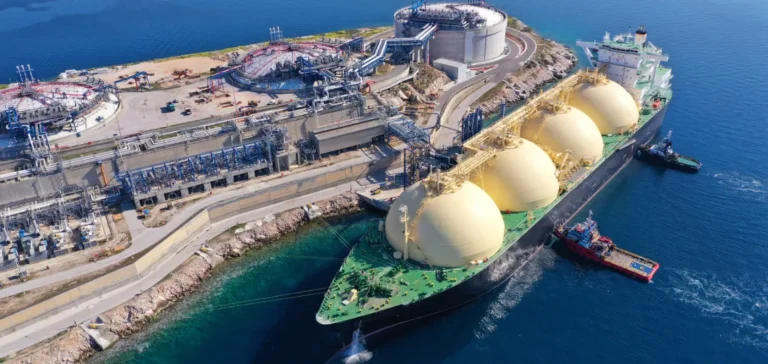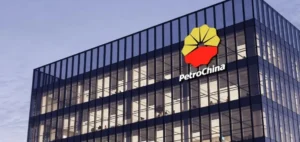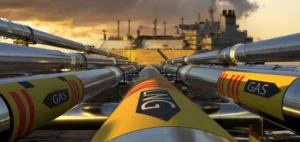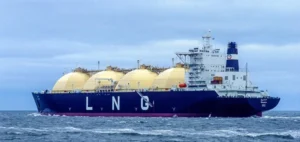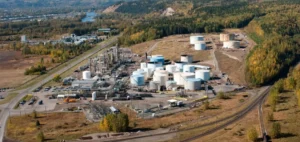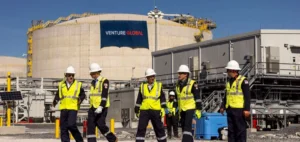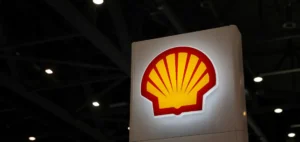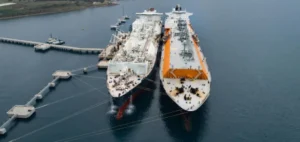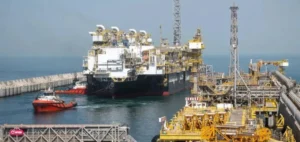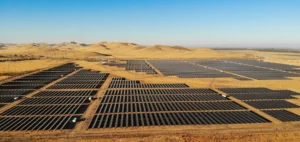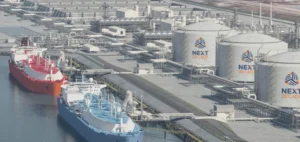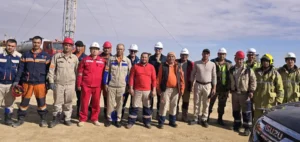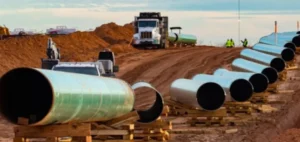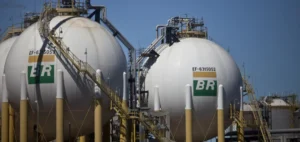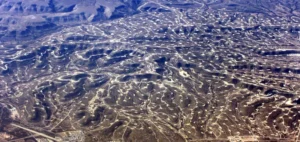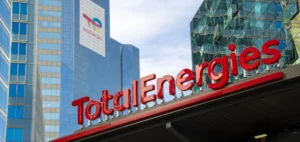U.S. liquefied natural gas (LNG) exports have already reached record highs since the beginning of the year, but the Asian market could further accelerate this momentum. The reason: weather forecasts predict particularly high temperatures in several key Asian countries during the summer. Japan, China, South Korea, Taiwan, and Hong Kong are all expecting temperatures around 6% higher than historical averages from May to August. This increase is directly causing a significant rise in electricity consumption, notably for powering air conditioning in major Asian cities.
Significant Increase in Exports to Asia
In response to this heightened energy demand, Asian LNG importers have already begun increasing their orders from the United States. Recent data shows average monthly U.S. deliveries to Asia currently stand at 7.8 million tonnes for the period from May to July. For comparison, the average from 2021 to 2024 was only 2.23 million tonnes per month for these same importing countries. This surge clearly reflects the direct impact of hot weather on Asian energy needs.
However, the European situation provides context that slightly alters this scenario, as European gas storage facilities are currently filled to around 50%, below last year’s level of nearly 70% at the same period. This condition could potentially lead to a slowdown in European purchases in the coming months. Should this occur, part of the U.S. LNG production could become available at more competitive prices for the highly-demanding Asian markets.
Fluctuating Prices Dependent on European Demand
Current U.S. LNG prices are hovering around $8.54 per million British Thermal Units (MMBtu), marking an increase of roughly 35% compared to the same period in 2024. A potential decline in European demand might result in downward price adjustments. Such price corrections would further facilitate Asian purchases, enabling importers to secure significant stocks at lower costs to meet their peak summer consumption.
The increased competitiveness of U.S. gas in the Asian market could further strengthen the United States’ long-term position as an essential player in global energy supplies. Without significant near-term competition from other major LNG producers, the U.S. seems ideally placed to capitalize on seasonal growth in Asian demand.
Global Gas Market Outlook
This favorable context, however, could quickly evolve due to various external factors. These include changes in weather conditions toward the end of summer, strategic decisions by European importers, and fluctuations in local energy production in the affected Asian countries. Each of these elements will inevitably affect export volumes and prices in the medium term.
The coming months could thus prove crucial for U.S. LNG exporters, whose strategies must carefully consider these shifting dynamics to optimize commercial performance. Players in the gas market will closely monitor changes in Asian and European demand throughout the summer.


